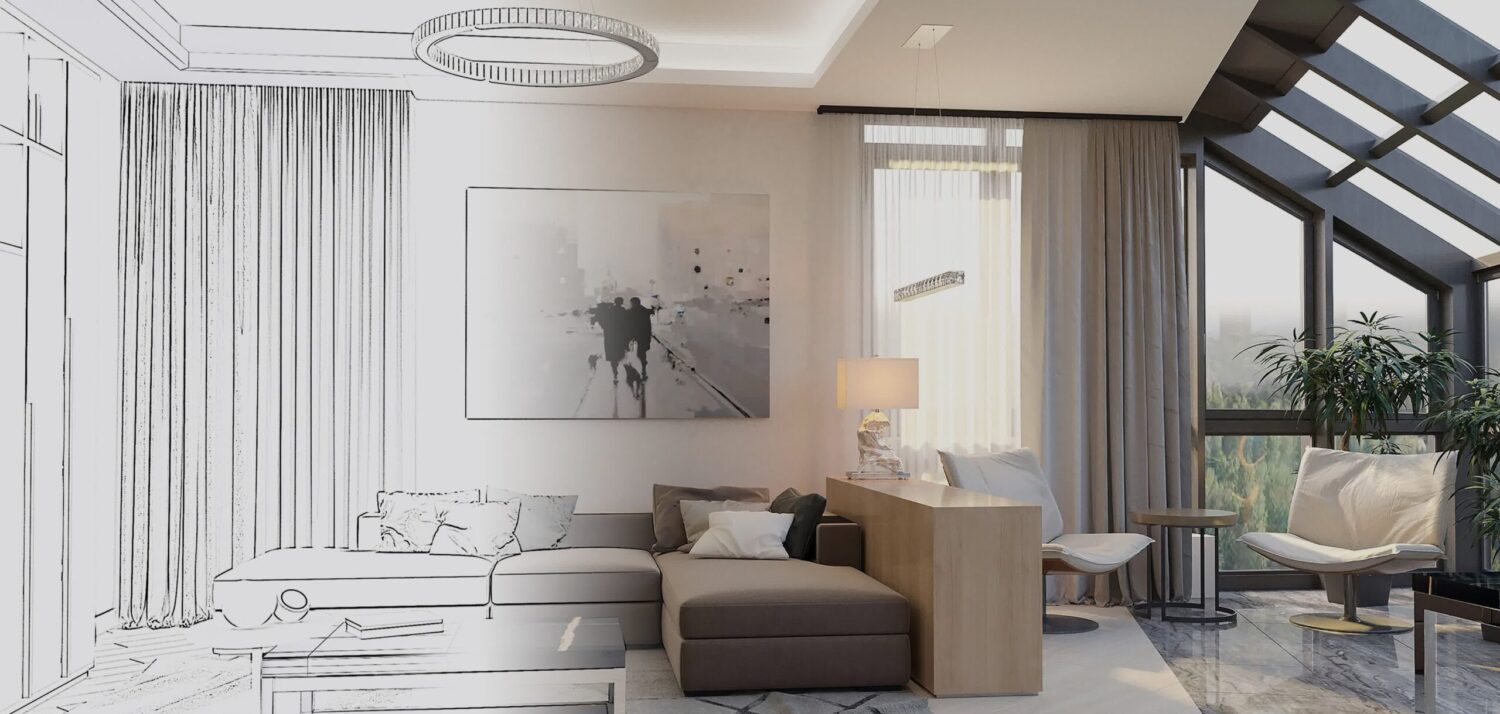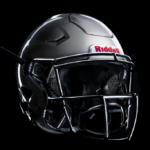

You’ve likely needed to use lithium-ion batteries for at least one device at some point. They can be a pain to replace when they run out of juice, and though they typically last a long time, they don’t last forever. But a group of researchers at Carnegie Mellon University and Missouri University of Science and Technology have developed a method of 3D printing lithium-ion batteries which greatly improves their capacity and charge-discharge rates. The results are published in a paper entitled “3D printed hierarchically-porous microlattice electrode materials for exceptionally high specific capacity and areal capacity lithium ion batteries,” which you can access here.
It has already been possible to 3D print porous electrodes for lithium-ion batteries, but the design of the 3D printed electrodes is limited to just a few possible architectures. The capacity of lithium-ion batteries can be greatly improved by creating pores and channels at the microscale in the electrodes. The internal geometry that has produced the best porous electrodes through 3D printing is called interdigitated geometry, which involves metal prongs interlocked like clasped fingers, with lithium moving back and forth between both sides. This geometry is not optimal, however.
The research team, led by Carnegie Mellon Associate Professor of Mechanical Engineering Rahul Panat, has developed a new method of 3D printing lithium-ion battery electrodes. Their method creates a 3D microlattice structure with controlled porosity.
“In the case of lithium-ion batteries, the electrodes with porous architectures can lead to higher charge capacities,” said Panat. “This is because such architectures allow the lithium to penetrate through the electrode volume leading to very high electrode utilization, and thereby higher energy storage capacity. In normal batteries, 30-50% of the total electrode volume is unutilized. Our method overcomes this issue by using 3-D printing where we create a microlattice electrode architecture that allows the efficient transport of lithium through the entire electrode, which also increases the battery charging rates.”
Panat and fellow author Mohammad Sadeq Saleh have been studying the 3D printing of microlattice structures for some time now, and used a method of Aerosol Jet 3D printing that they developed themselves to create the porous microlattice architectures for the battery electrodes. The microlattice structure (Ag) used for the batteries’ electrodes improved battery performance in several ways, including a fourfold increase in specific capacity and a twofold increase in areal capacity when compared to a solid block (Ag) electrode. The electrodes were also incredibly robust, retaining their 3D lattice structures after 40 electrochemical cycles. The batteries can, therefore, have high capacity for the same weight or the same capacity for a greatly reduced weight, which is important for transportation applications.

Before this, 3D printed batteries were created using extrusion-based 3D printing, which could create interdigitated structures but was not capable of fabricating the complex geometries that the research team’s Aerosol Jet method can manage. With their method, individual droplets can be quickly assembled one by one into 3D structures.
“Because these droplets are separated from each other, we can create these new complex geometries,” said Panat. “If this was a single stream of material, as is in the case of extrusion printing, we wouldn’t be able to make them. This is a new thing. I don’t believe anybody until now has used 3-D printing to create these kinds of complex structures.”
This method has many implications for consumer electronics, medical devices, and aerospace. The researchers believe that the technology will be able to be translated to industrial applications in two to three years.
Authors of the paper include Panat, Saleh, Jie Li and Jonghyun Park.
Discuss this and other 3D printing topics at 3DPrintBoard.com or share your thoughts below.
[Images: Rahul Panat]
If you're looking to request photorealistic CGI in the USA, our service offers an easy and efficient way to get stunning, lifelike renderings for your architectural and real estate projects. Through our platform, you can quickly request high-quality CGI images that accurately capture the essence of your designs. Whether it's for a residential or commercial property, our experts specialize in creating realistic 3D renderings that highlight every detail, bringing your vision to life with exceptional clarity and precision.
Through our website, requesting photorealistic CGI becomes a seamless experience. With our help, you can get highly detailed 3D visualizations that look just like photographs, providing a realistic representation of your project before it's even built. Our team ensures that every element, from textures to lighting, is meticulously rendered, giving you an impressive, lifelike result that will leave a lasting impact on your clients and stakeholders.






Leave a Reply
You must be logged in to post a comment.